Terms of Use | Privacy Notice | Data Privacy Framework | Cookie Notice | DMCA | Whistleblowing |
© Altair Engineering Inc. All Rights Reserved.
Terms of Use | Privacy Notice | Data Privacy Framework | Cookie Notice | DMCA | Whistleblowing |
© Altair Engineering Inc. All Rights Reserved.
Watch the on-demand recordings and find out how Altair's composites solutions can help you design and analyze structures ready for production.
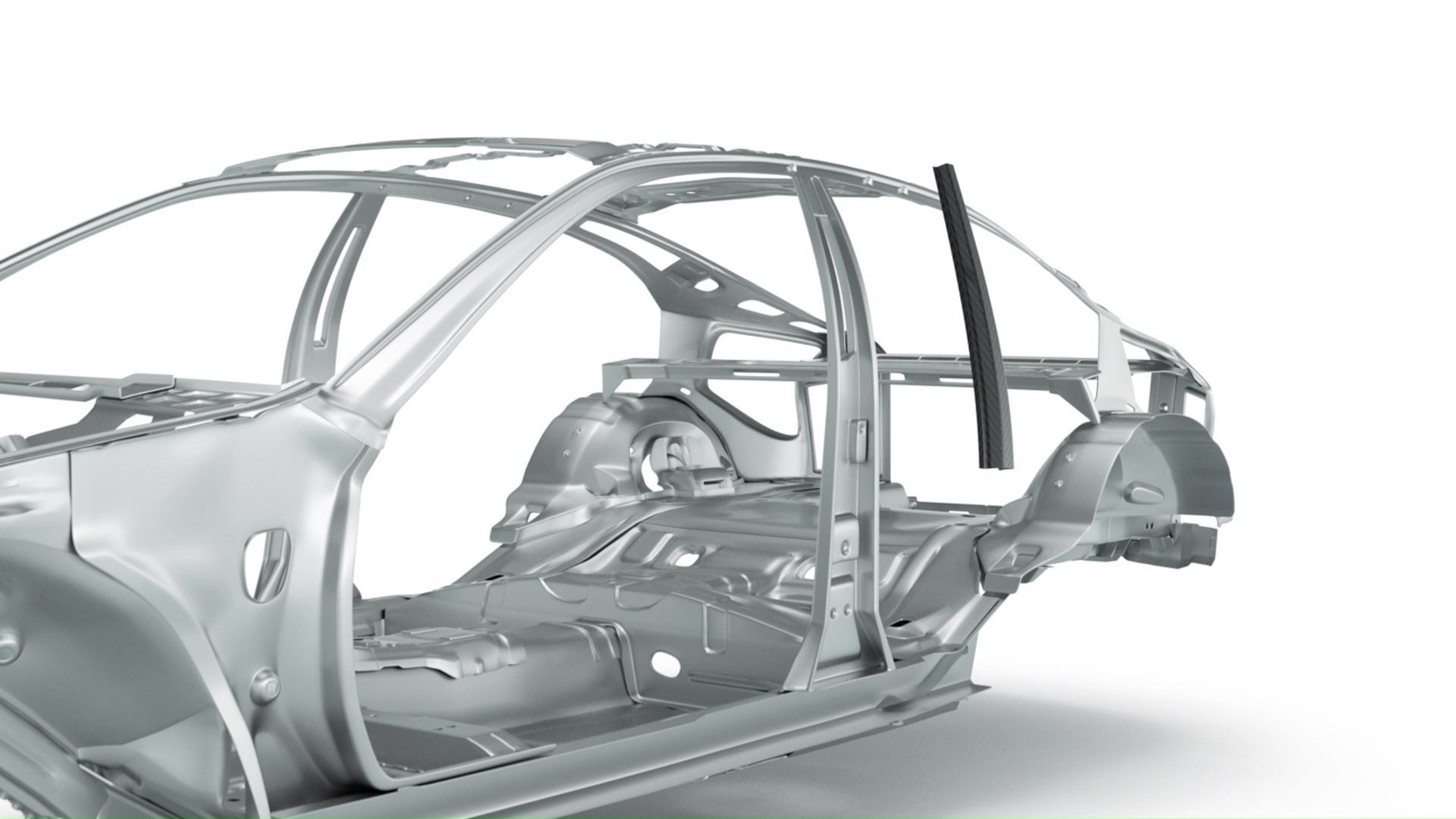
Accurate and Efficient Simulation of Laminated Composites - by Rob Jopson
A complete composites workflow for all industries, the simulation-driven design workflow allows for an efficient process that enables time and money reduction.
Demo Highlights:
Result: Efficient modeling and simulation of laminated composites in a unified environment.
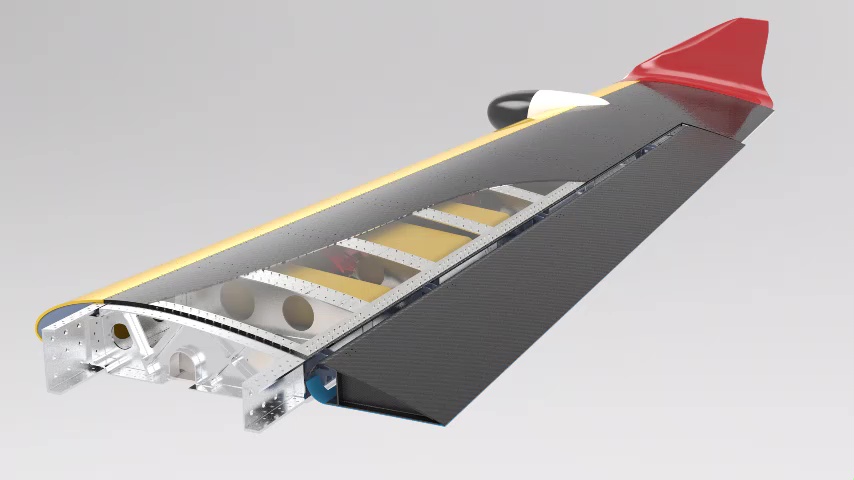
Efficient Design Certification Calculations with HyperWorks Integrated Composites Stress Toolbox - by André Mönicke
Demo Highlights:
Result: Efficient design and post-processing of complex laminated composite structures
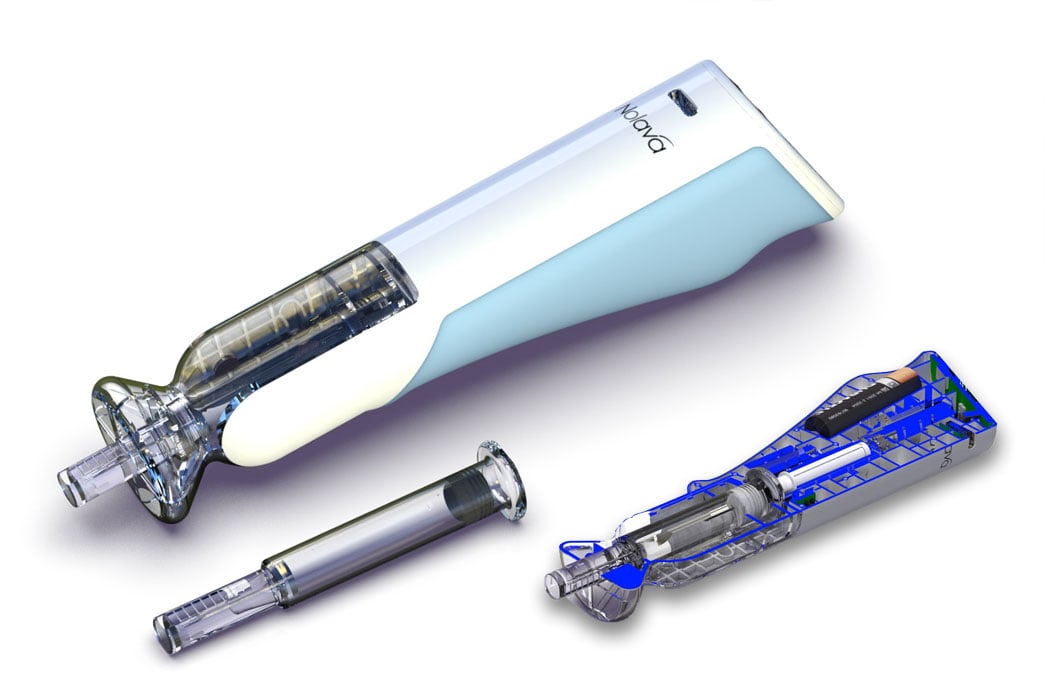
Simulating the Performance of Fiber-Reinforced Injection Molded Parts - by Frank Ehrhart
A complete composites workflow for all industries, the simulation-driven design workflow allows for an efficient process that enables time and money reduction.
Demo Highlights:
Result: Injection molded parts with desired mechanical performance with minimal experimental testing.
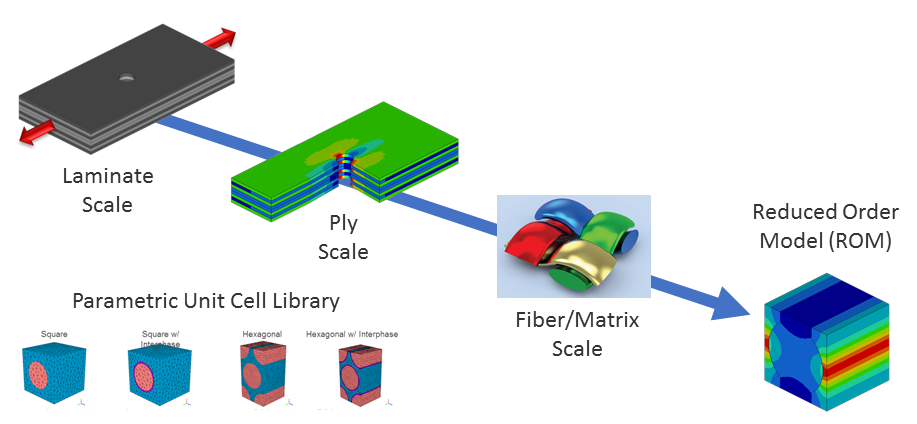
Material Characterization of Continuous Fiber Composites - by Jeff Wollschlager
Availability of material data is a major bottleneck in simulating composite structures. Material suppliers’ datasheets or handbook values do not represent the actual properties resulting from the company’s manufacturing processes. On the other hand, doing a complete material characterization through a test campaign is very costly and time consuming.
To overcome these issues, accurate multiscale simulation with predictive capability, as provided by Altair Multiscale Designer, can be used in combination with a limited set of physical tests for developing accurate material models. Further, the accurate modeling of the composite nonlinear and failure behavior through the multiscale approach brings the accuracy of composite structural simulations to a new level.
Register and see this process demo!
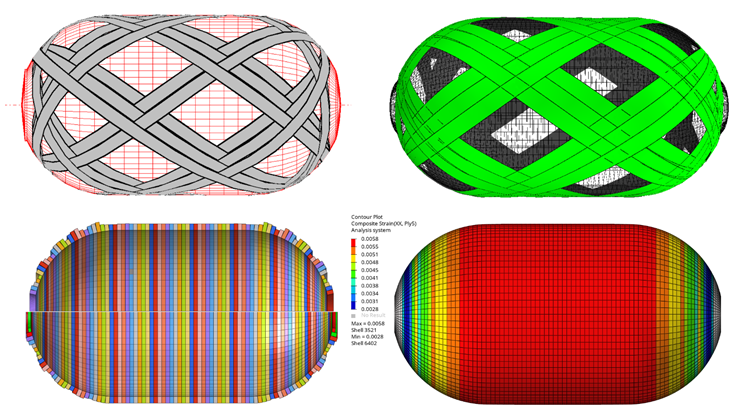
Composite Pressure Vessel Design and Simulation - by Harri Katajisto
Composite Pressure Vessels (CPV) play an important role in the emerging market for the fuel cell electric vehicles, but there are also numerous more traditional application areas for CPVs. The filament winding process used for the manufacturing of CPVs ties the possible fiber paths to the manufacturing process. Hence, in the design and analysis of CPVs it is important to include both the manufacturing and structural simulation.
The webinar shows how Altair software interface with third-party filament winding simulation software to create CPV structural models using different level of details according to analysis needs. The use of multiscale material modeling provides means for accurate damage and failure predictions of CPVs.
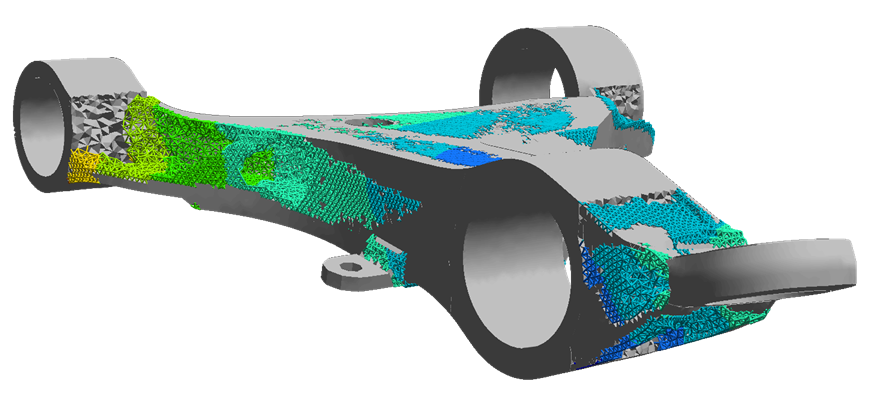
Efficient Simulation of 3D Printed Lattice Structures - by Frank Ehrhart
3D printed lattice structures increase the design freedom in areas of the design where, for example, the full stiffness of the material is not needed, or a specific anisotropic material behavior is beneficial. At the same time the high geometric complexity on a scale below the standard modelling element size makes it extremely difficult to include all anisotropic effects in the standard CAE model and keep the same numeric efficiency together with the same accuracy of results.
Using multiscale approaches like Altair Multiscale Designer to link microscale geometric features with a standard macro CAE model combines both scales in a highly efficient way and enables the numeric efficient and highly accurate simulation of lattice structures on component and assembly level.
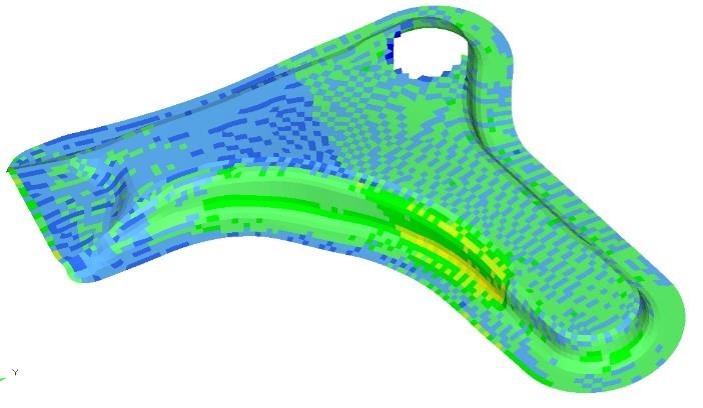
Process Simulation of Parts Made with Complex Fabrics - by Edouard Ferry, Engineer, CEDREM (APA Partner)
The aim of the webinar is to show how KTex tools can help predict the mechanical behavior of structural parts made with complex fabrics, taking in to account their manufacturing process.
Highlights:
Result: Lay-up manufactured parts satisfying targeted mechanical performance with minimal material testing
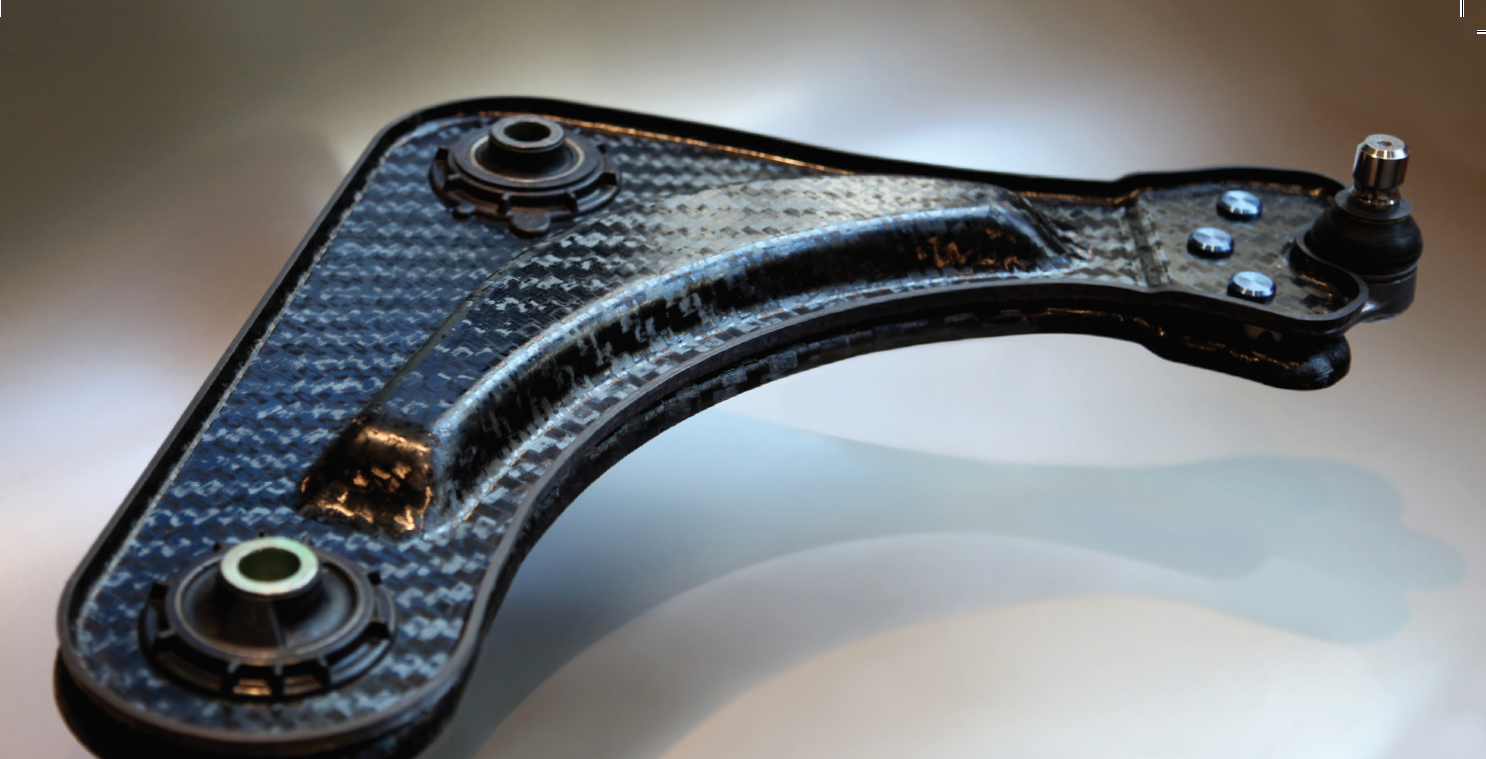
Quilted Stratum Design: Optimization software for preform tailoring - by Denis Espinassou, Mechanical Composite Engineer, CETIM (APA Partner)
New composite processes open new degrees of freedom that bridge the step between lay-up optimization and mass production. Design methods must include process constraints and cost evaluation to use at best the composite material and therefore answer to current industrial needs of simultaneous light weighting and cost reduction. Cetim, Onera and Altair have collaborated to propose the QSD method. QSD is a three-step optimization method intended to propose efficient designs with a reduced computational cost. The method is based on a stiffness matching approach. They create an intuitive workflow in Hypermesh environment that lead the designer to a smart composite design, with adapted fiber orientation and reduced material scraps thanks to draping analysis
For more additional information on Altair solutions for Composites, please go on Altair website